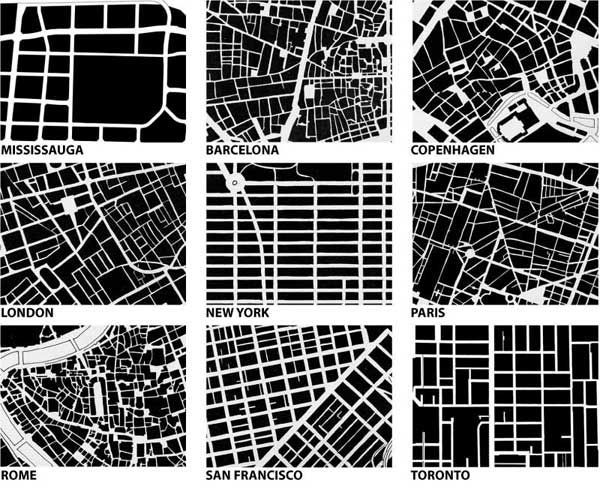Using a grid as an aid to spatial design is not the constraint it first sounds, but can often be a liberator…
Designers have always known that using grids right at the start of the creative process, on the two dimensional surface, is key to the best organization of space or content. Grids can unify diverse sets of content in books, screens, and of course in the landscape.
The 3 × 4 grid is a common example. Yet even in this simple case, generating all the options has—until now—been almost impossible. Did you know there are 892 unique ways to partition that small space into simple rectangles? (pic 5 below has it cracked.. by a computer of course). So potentially there are an infinite number of options for our own outside spaces.
Employing a set of intersecting vertical and horizontal lines on top of a plan of the garden, particularly if they relate to the house or other nearby points of reference, can offer up sensible, interesting and perhaps innovative suggestions of how to zone spaces.
And once those 2d structural ‘bones’ are in place, you can go crazy with intersections, angles and (heaven forbid) curves!
Here are a few grids with attitude to remind us that square doesn’t need to be.. square.














